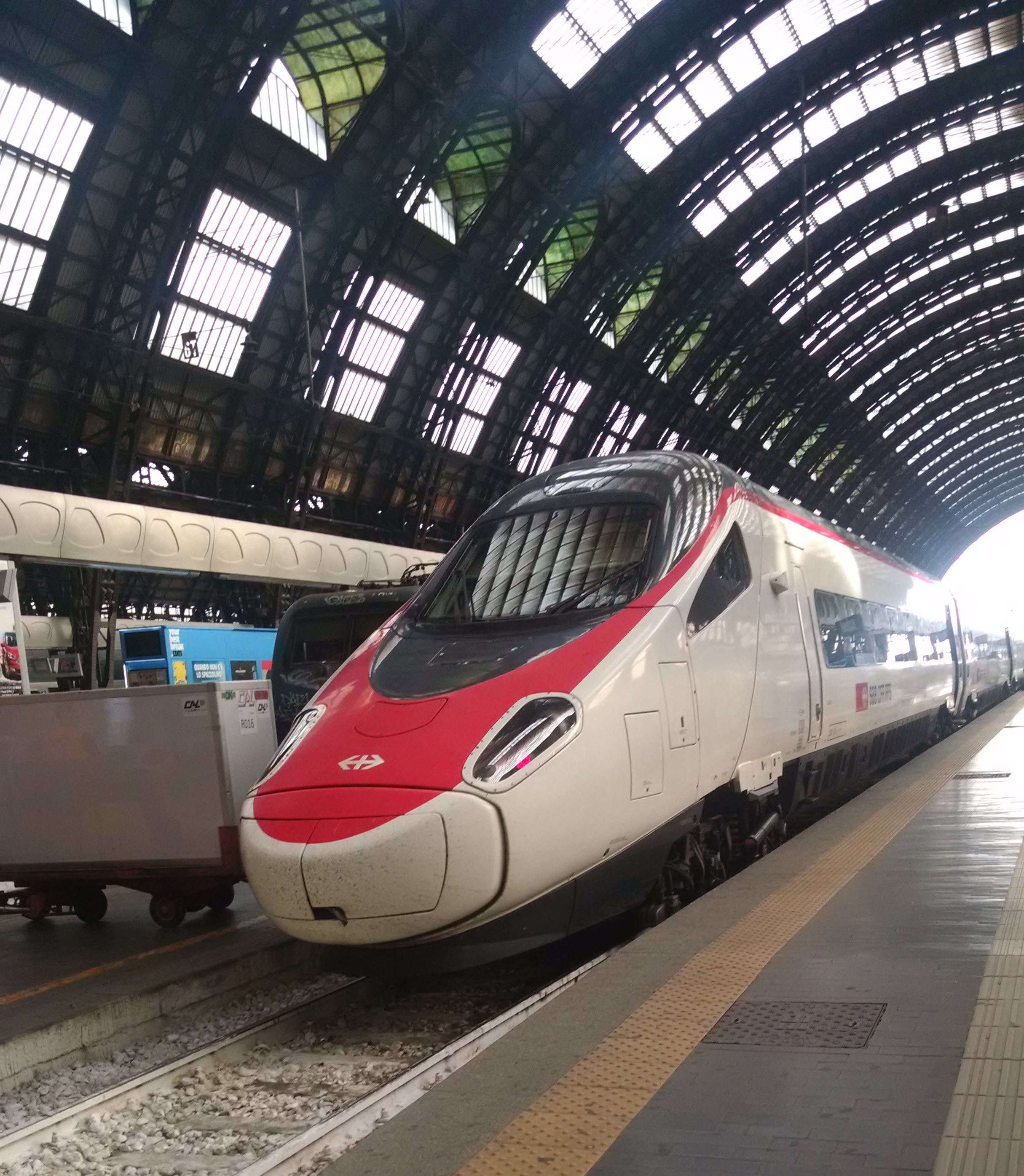
Our 7330 miles of European train travel include:
- Summer 1991: Lorna rides from Edinborough to London and back: 800 miles.
- Fall 1991: John rides from London to Thurso at the northern tip of Scotland and back to London: 1600 miles.
- Summer 1995: John rides from Thessaloniki to Athens, then to Patras in Greece, then from Bari to Naples and Rome: 800 miles.
- Summer 2015: John and Lorna ride from Milan to Zurich to Stuttgart to Nuremberg, and then from Munich to Zurich to Geneva to Lyon and finally to Paris: 1600 miles each.
- Summer 2018: John, Lorna, and Melissa ride Venice to Florence on a fine Frecciarossa, 170 miles each.
- Summer 2018: John, Lorna, and Melissa ride Naples to Rome on another fine Frecciarossa, 140 miles each.
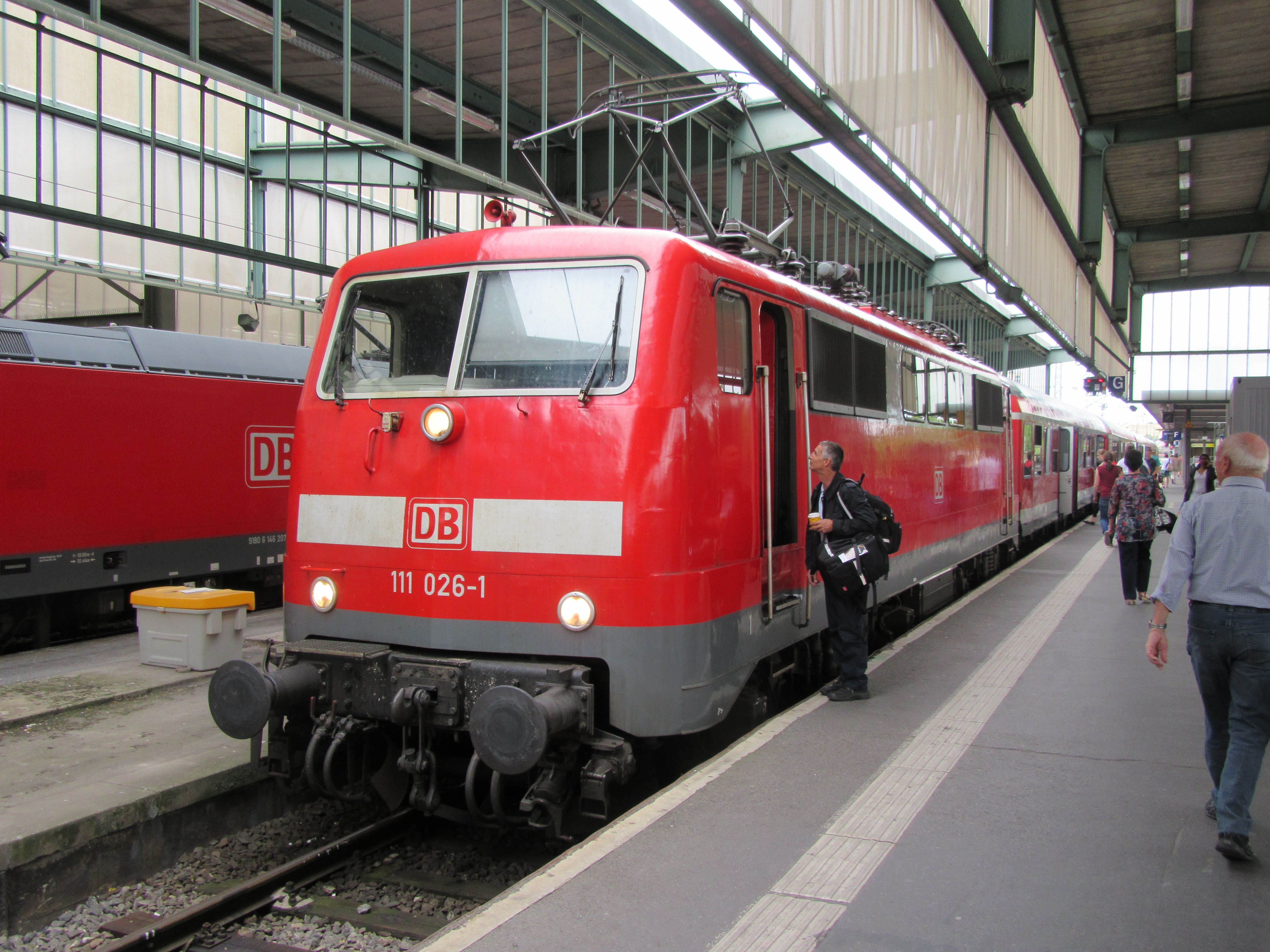
Amtrak and Eurail are two different things. European trains are intended to be highly-efficient people-movers, and they mostly excel at this. The trains run on time at all hours.
The major routes are served by the best trains - sleek modern marvels of engineering. The nicest train we rode in Europe was an Italian high-speed train from Milan to Zurich. It was fast, the ride through the Alps was smooth. We arrived on time.
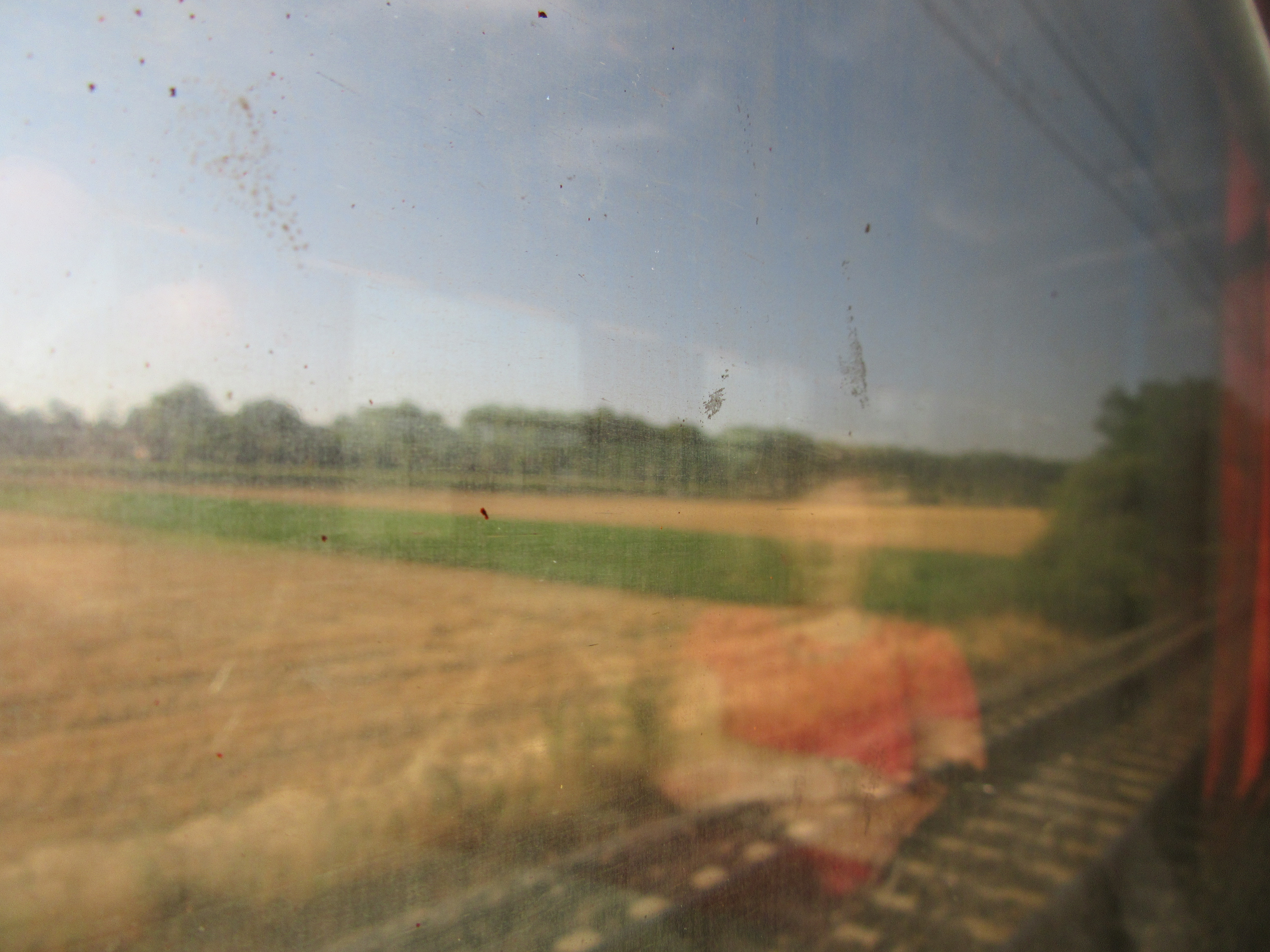
On the other hand, the cattlecar we rode from Stuttgart to Nuremberg was right out of 1971, and the bizarre conveyance that took us from Geneva to Lyon was beyond description and comfort. The windows were practically opaque. And there's never a conductor when you need one.
But there's a lot more to train travel than arriving on time, if you're a tourist. If your goal is to see the country, a European train cannot approach Amtrak. Amtrak optimizes the cars, the ride, and the schedule for tourism. There is a lot more help available in an American train station, and the employees are for the most part ready, willing, and able to help. Redcaps in the major stations are not only happy to load your baggage for a small tip ($5 is acceptable, $10 may get you "extras" like priority boarding and hot tips).
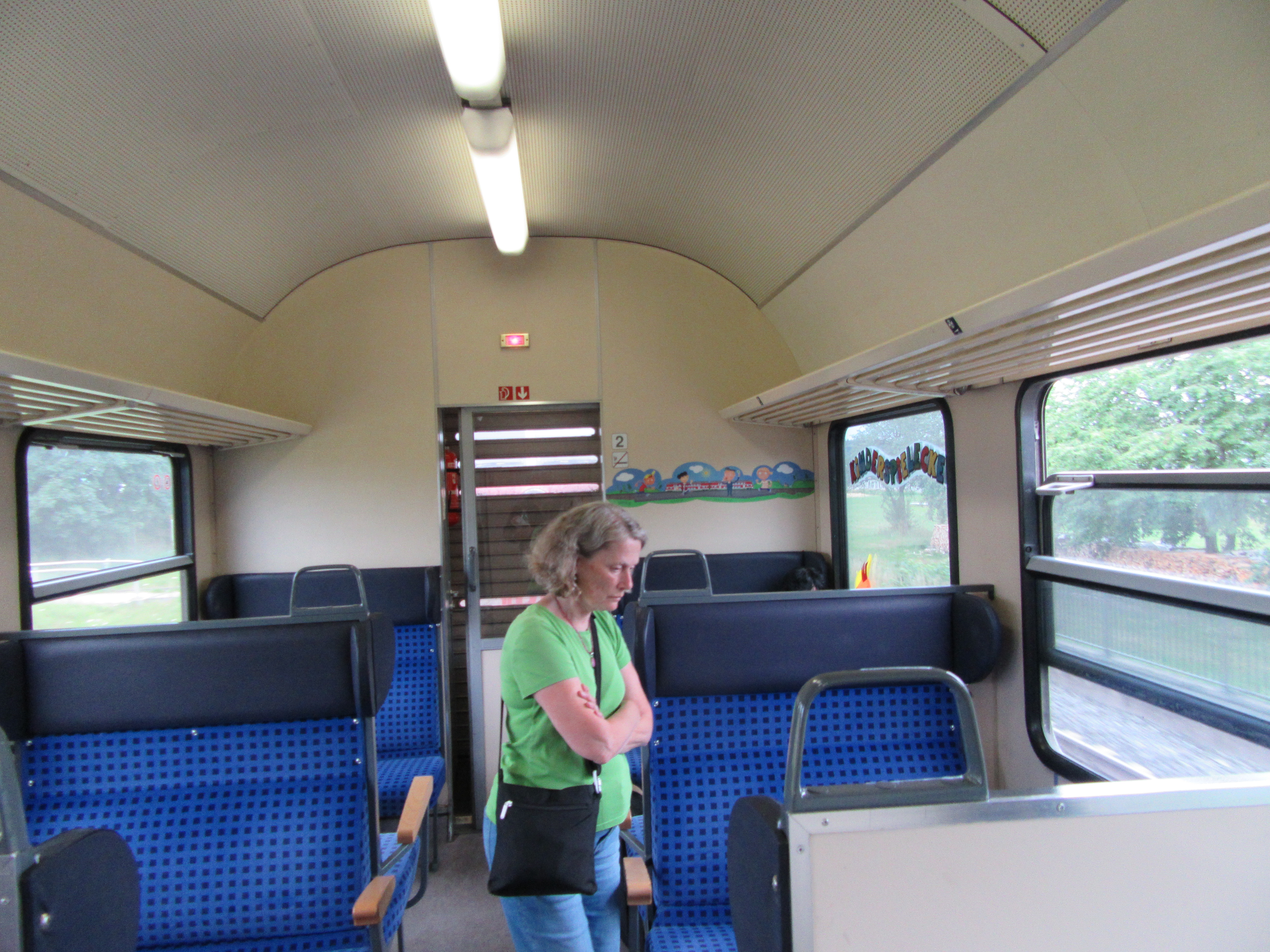
The European train schedules are optimized for moving millions of people through the jaw-droppingly complex rail system. If the last train to Nuremberg departs at 11:53pm, it will leave on time and you won't see much countryside. Some of the trains are ancient, and some are marvels of modern engineering; the famous TGV from Lyon to Paris runs day and night, but even during the day the ride is so fast that you can't look out the window for long without getting disoriented by trees and telephone poles whizzing past.
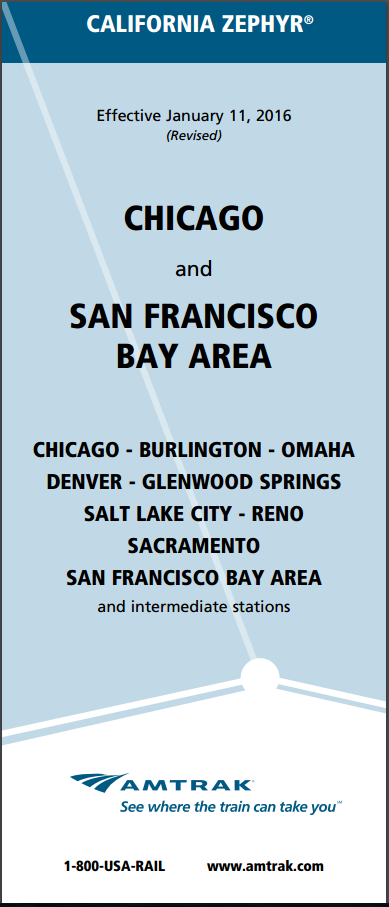
The Amtrak schedule is optimized for sightseeing. Here's a link to the timetable for the California Zephyr from Chicago to San Francisco - note that you sleep through Nebraska and wake up in time for Denver and the start of the Rocky Mountains. By sundown you are in the high plains, so you sleep through Utah and Nevada, and wake up in time for Truckee CA and the Sierra Nevadas. See also the excellent Route Guides that are available for all of the long-distance trips. Here's the California Zephyr route guide; there are links to many more at Foodie's Guide to Train Travel.
The European trains are narrower, typically with two seats on one side of an aisle, and a single seat on the other. If you are traveling as a couple or with a friend, it's easy to get separated.
The Amtrak trains, especially west of Chicago and south of NYC, are capacious, with enormous reclining seats, two on each side. They are far more comfortable than airline seats.
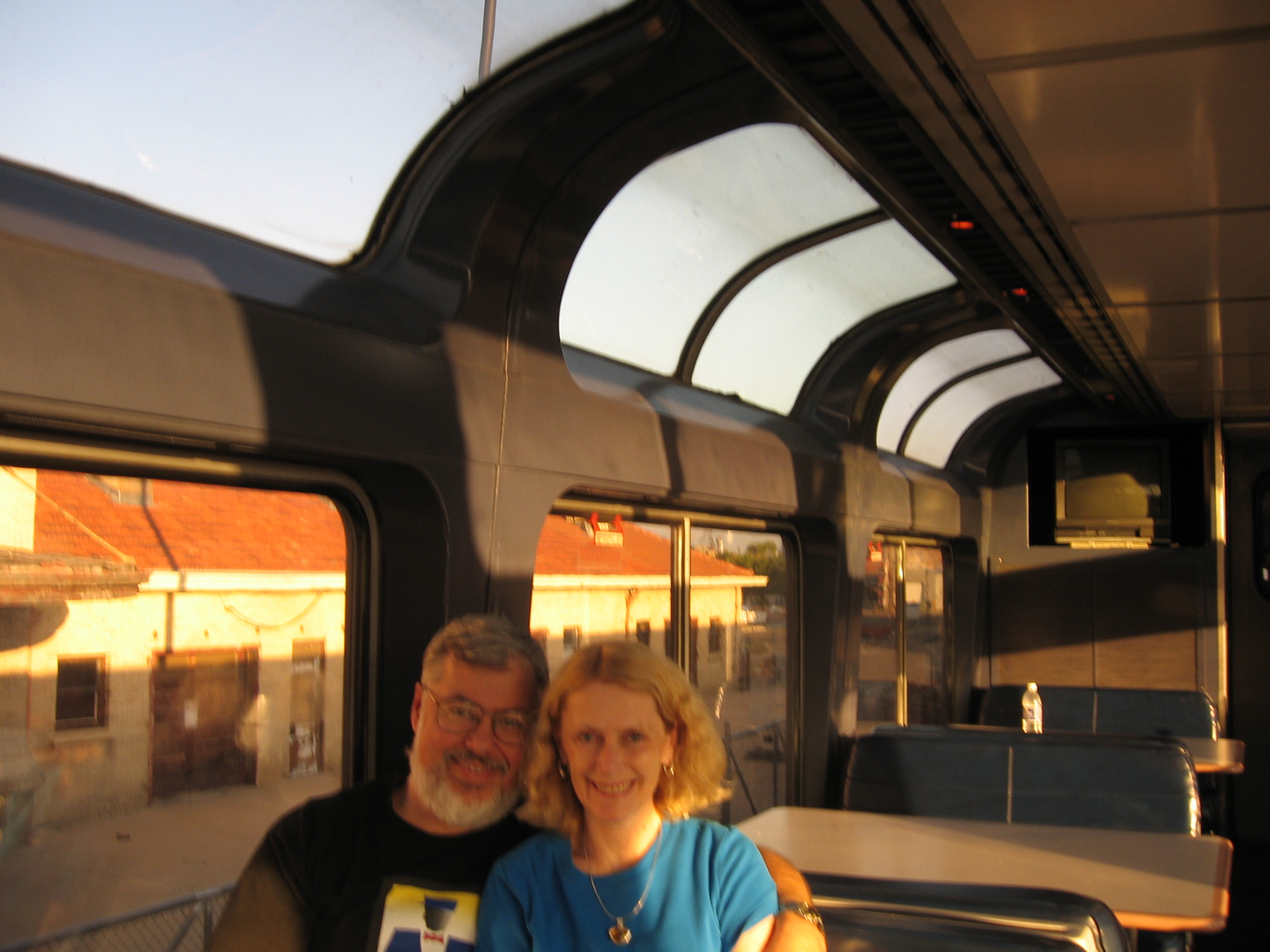
The big Amtrak trains include an observation car and a dining car. The value of this cannot be overstated. The observation car not only gives a superior view, but it gives mothers a place to bring a restless child, bored teens a place to text with their friends as they miss the scenery, and an excuse to stretch your legs whenever you like.
In my experience, for tourism, for the purpose of seeing the countryside and the people, Amtrak compares to the European trains as a roadtrip with friends compares to a business flight.
